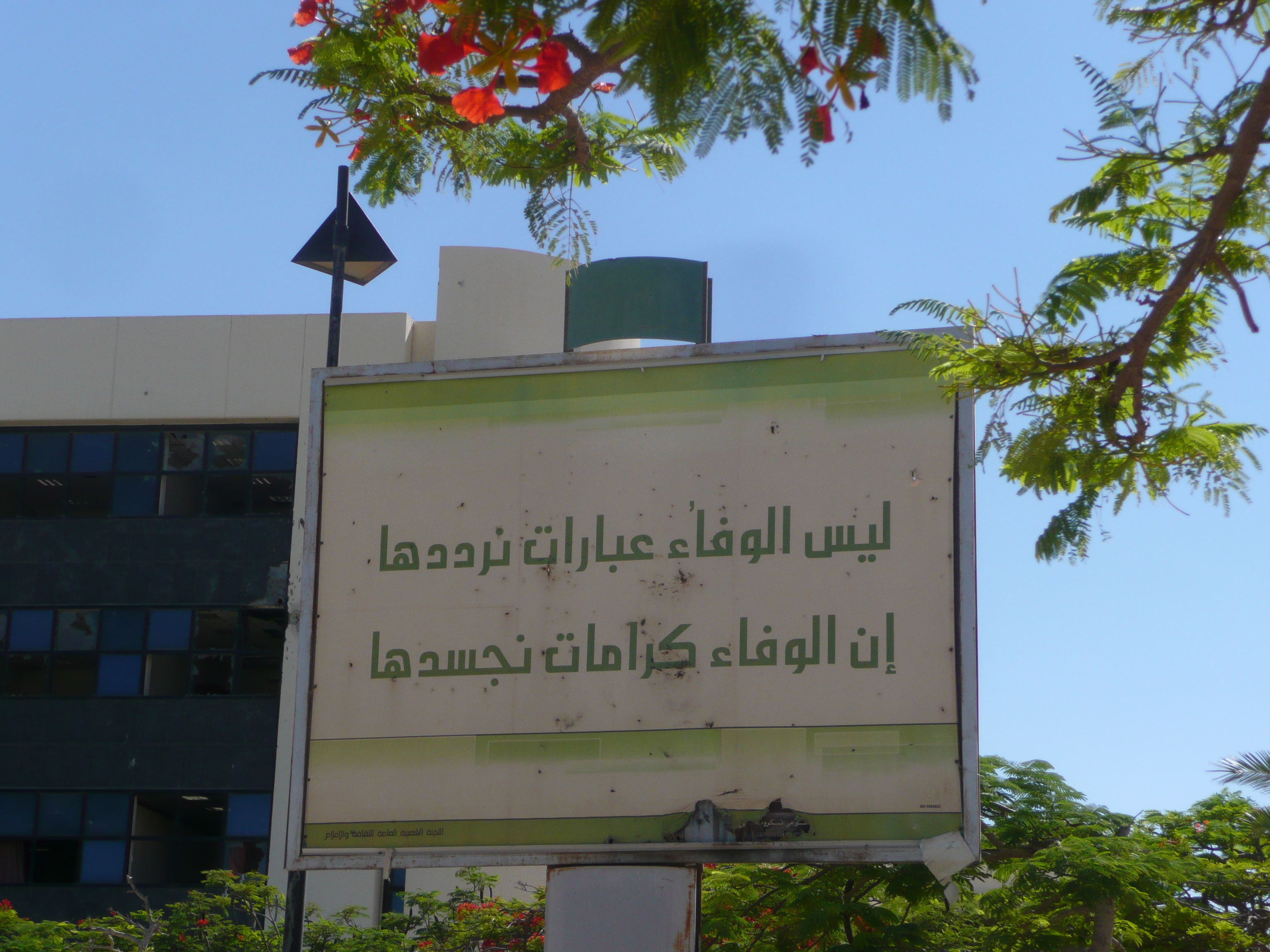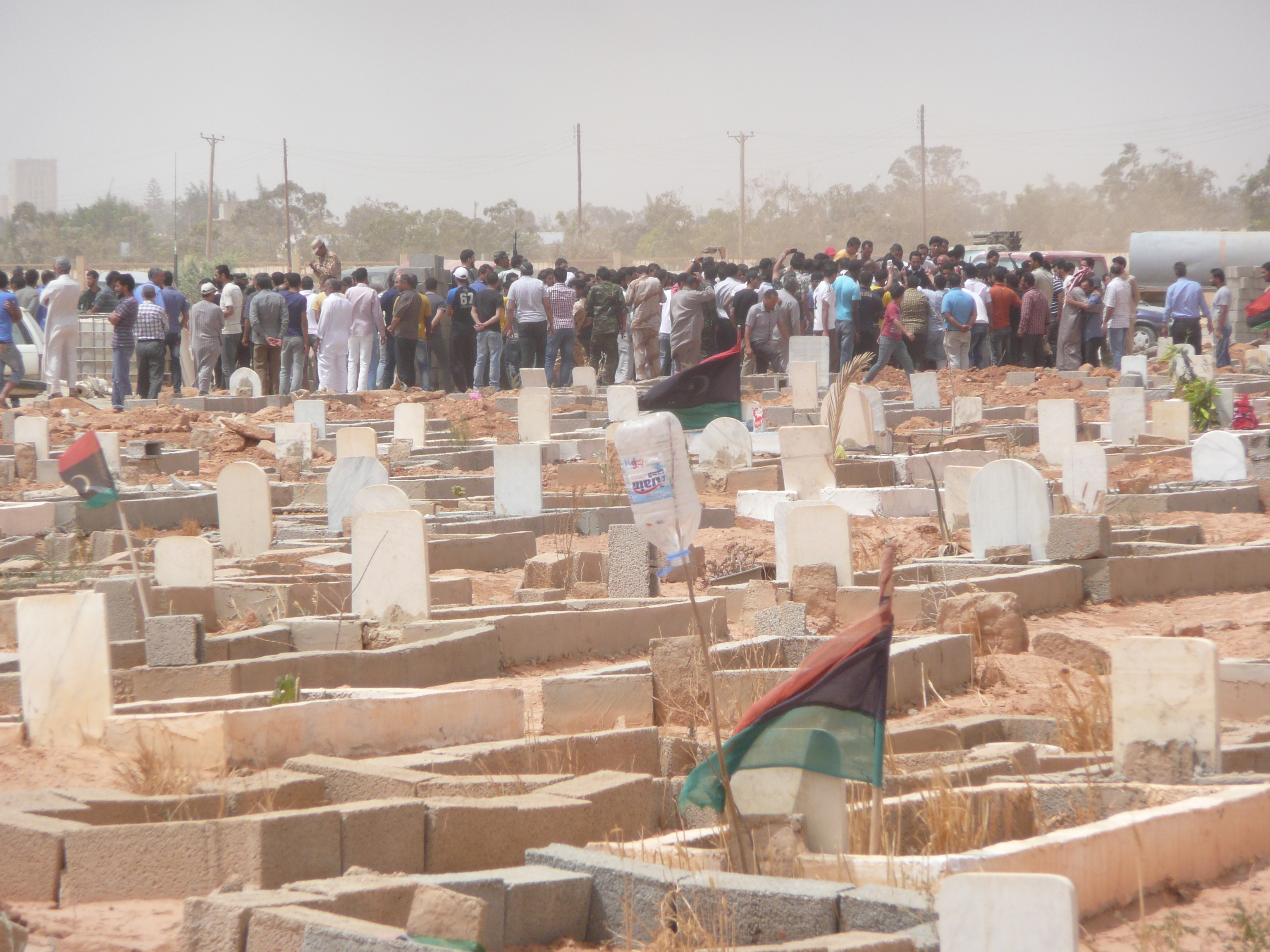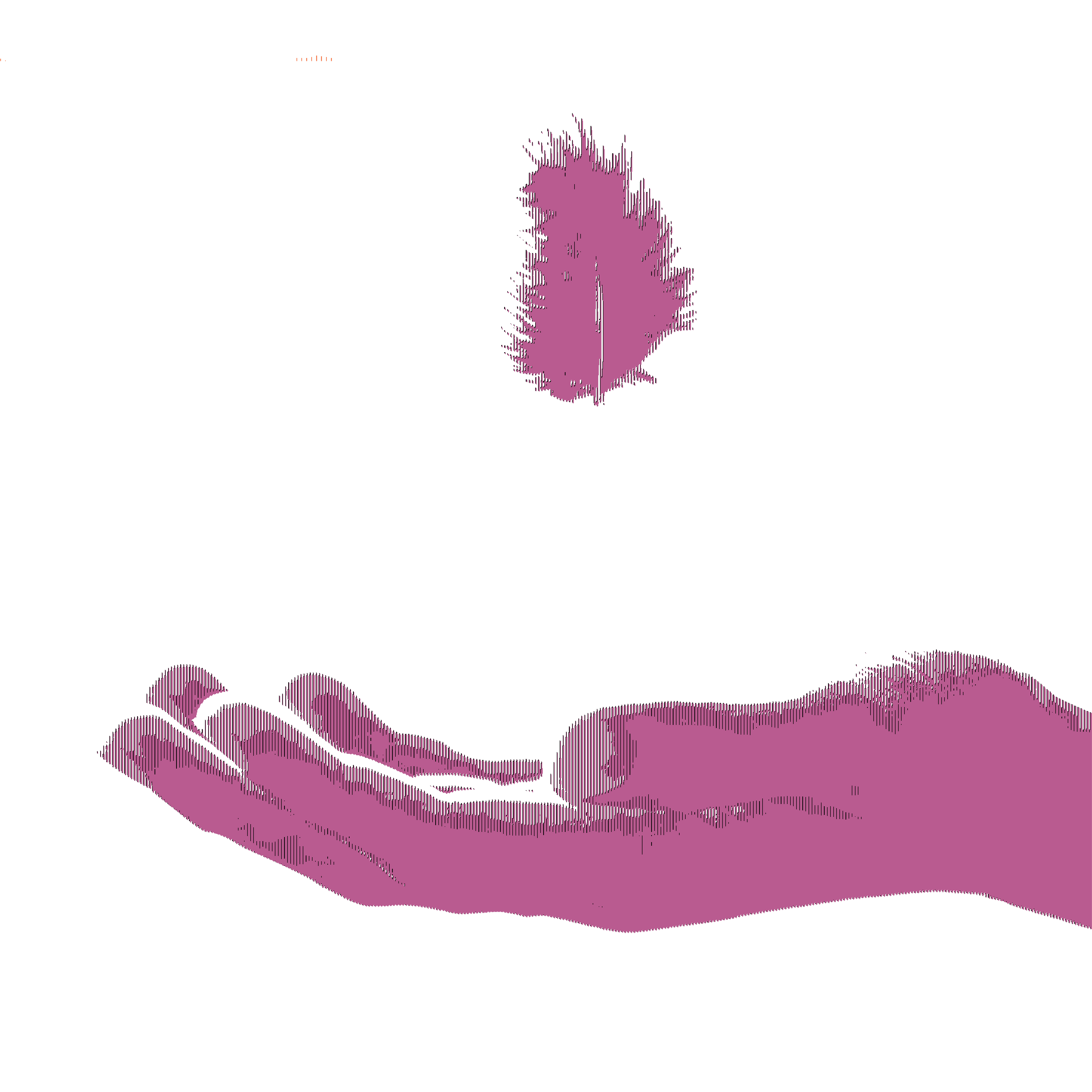
As the government struggles to assert its authority over a plethora of ethnic, tribal and party militias, some of them Islamist, others secular, a growing number of Libyans may be starting to regret the revolution. Rigorous opinion polls are few and patchy, but the best clue to people's allegiances may be the colour of shopkeepers' doors and windows. In Libyan markets during Muammar Qaddafi's era they all had to be painted green in honour of the Green Book, a personal rendition of wisdom that the colonel hoped would achieve the stature of Chairman Mao's red one.
Some shopkeepers, parading their loyalty to the new order, have painted their shutters the tricolour of Libya's new flag. Others, hedging their bets, have gone for a non-committal pale blue. But two years after Qaddafi's fall many shopkeepers have stubbornly stuck to the old colour, despite the best efforts of the thawwar, or revolutionary vigilantes, who cruise around the gold market in Tripoli, the capital, telling backsliders: "Change your colour." A supporter of the new regime has scrawled rude graffiti over a pair of shutters that has stayed green: "Libya's Free, Qaddafi has gone."
Nowhere is green more dominant than in Sirte, a small town on the Mediterranean coast where the colonel was born and, in October 2011, killed. Under him its 100,000 townsfolk had it good. The main conduit of the Great Man-Made River runs from the Sahara desert to the shore near Sirte, turning the town's caked earth into market gardens. Qaddafi converted its municipal buildings into Libya's administrative capital, complete with north Africa's largest conference hall, where he played host to the leaders of his would-be United States of Africa.
Nervous of openly confessing their nostalgia, Sirte's people practise their cult in code. Some dress in green, or less ostentatiously sport a green cigarette-lighter or key-ring. In some homes the colonel's portrait still adorns the sitting-room wall. Others keep albums of the dictator's weirdest costumes on their mobile phones. In Qasr Abu Hadi, a hamlet on the outskirts of Sirte where the colonel claimed to have been born in a goat-hair tent, a few villagers have not cut their hair since his death and wander through the town dazed, like hermits. "Qaddafi is written on our hearts," says a student in a burger bar. "In green."
Originally published in The Economist on June 29th, 2013





